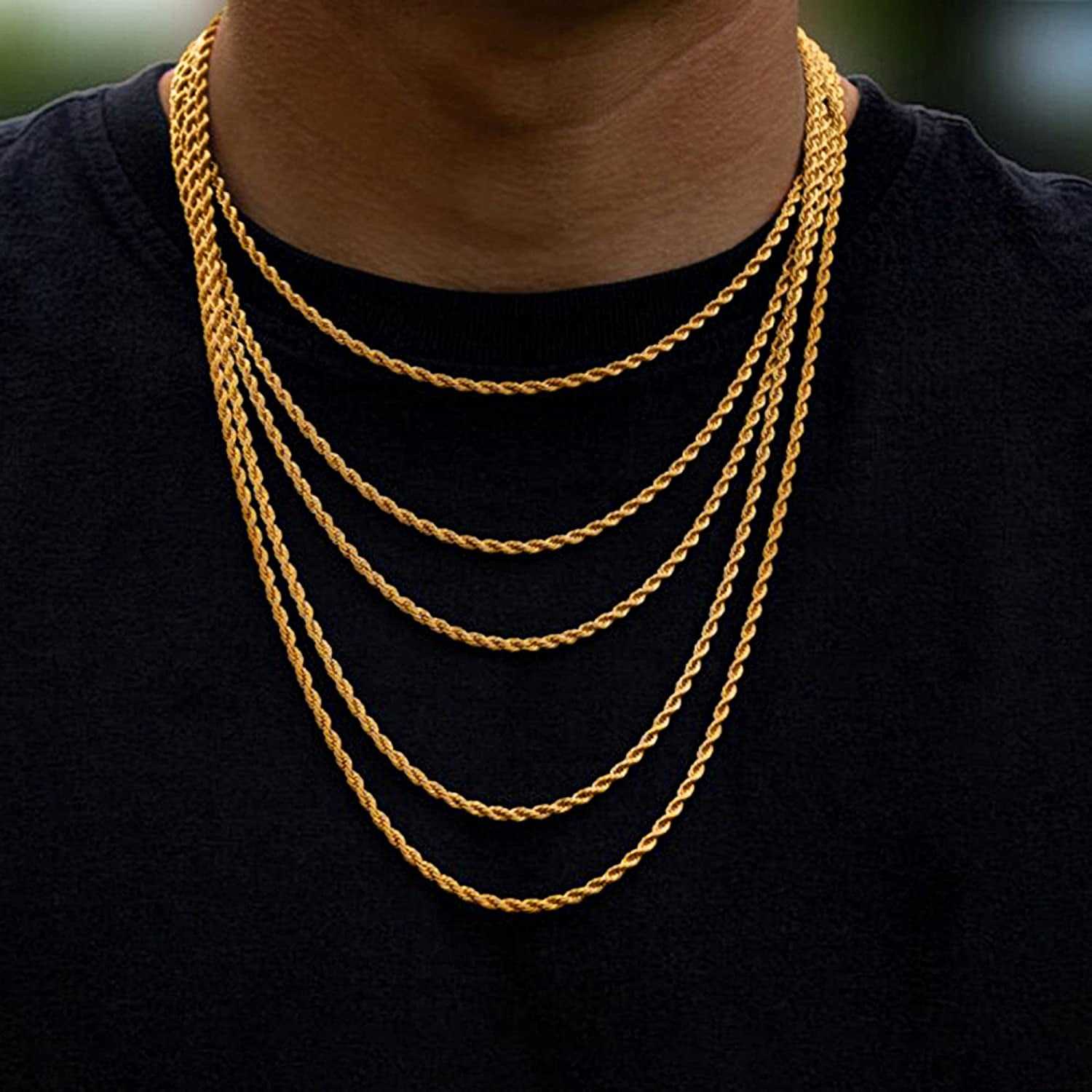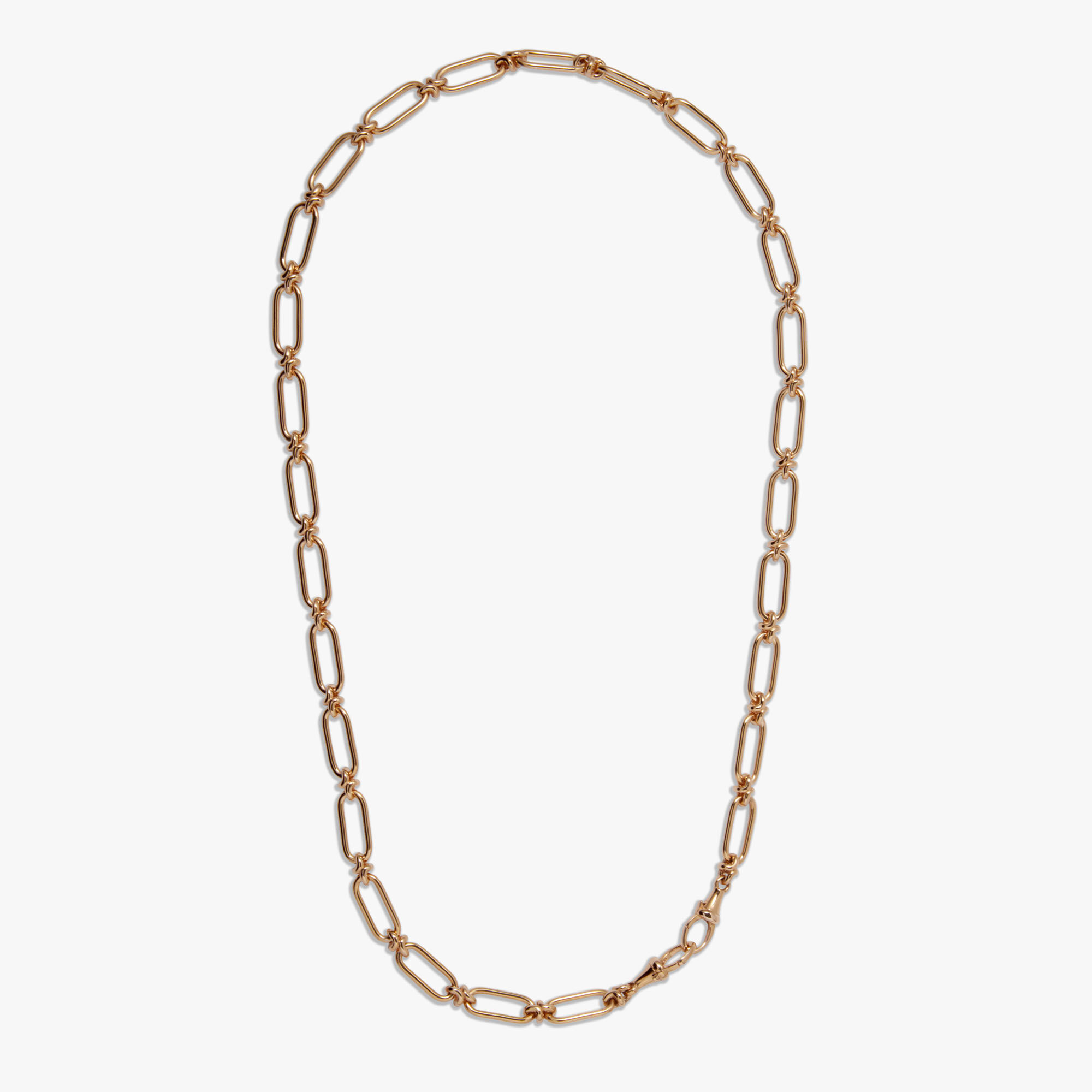How to fix a chain necklace?
How to fix a chain necklace? Chain necklaces are popular accessories that add a touch of elegance and style to any outfit. However, like any piece of jewelry, they can encounter occasional problems such as broken chains, tangled links, or damaged clasps. Instead of discarding a beloved chain necklace, knowing how to fix it can save you both money and sentimental value. With a few simple techniques and tools, you can repair a chain necklace and restore it to its original glory. In this article, we will provide a comprehensive guide on how to fix a chain necklace, from identifying the problem and preparing the necessary tools to executing the repair with precision. Let’s delve into the world of jewelry repair and learn how to fix a chain necklace effectively.
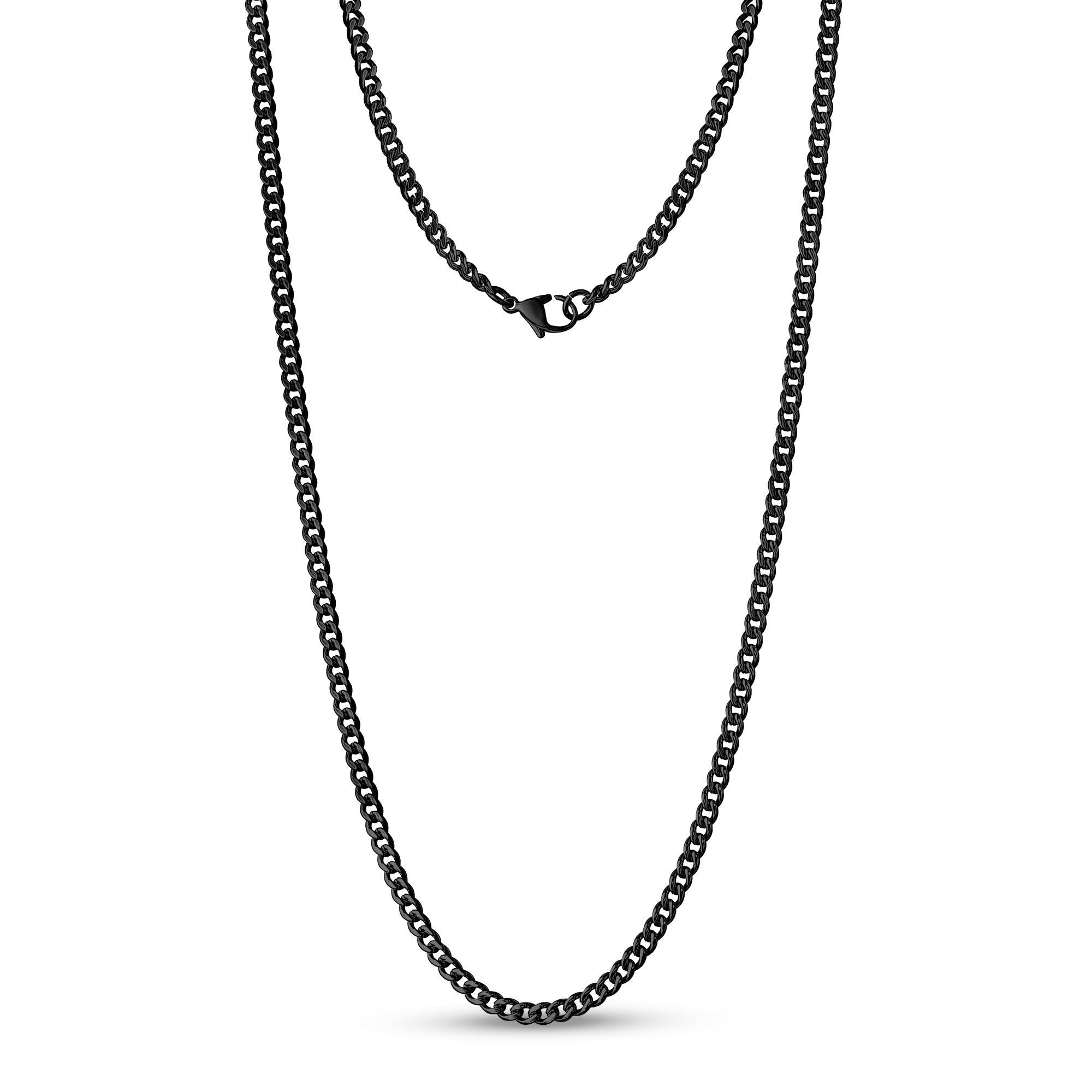
Identify the Problem:
Before attempting to fix a chain necklace, it’s essential to identify the specific issue you’re facing. Common problems with chain necklaces include:
- Broken chain: If the chain is broken or has a severed link, it will need to be repaired or replaced.
- Tangled or twisted links: Sometimes, chain necklaces can get tangled or twisted, making it difficult to wear or causing discomfort.
- Damaged clasp: A faulty or broken clasp can prevent the bead necklace from being securely fastened.
Understanding the specific problem will help guide your repair process and determine the best course of action.
Prepare the Necessary Tools:
Gather the following tools before you begin repairing the chain necklace:
- Jewelry pliers: Round-nose pliers and chain-nose pliers will be essential for manipulating links and making repairs.
- Wire cutters: Use wire cutters to cut and remove damaged sections of the chain if necessary.
- Jewelry findings: If the clasp or other components require replacement, have spare clasps, jump rings, or other findings readily available.
Fixing a Broken Chain:
If the chain necklace is broken or has a severed link, follow these steps to repair it:
- Gather both broken ends: Bring the two separated ends of the chain together, aligning the broken links.
- Attach a jump ring: Open a jump ring using pliers and insert it into the last link of one chain end. Also, loop the other end of the chain through the jump ring.
- Secure the jump ring: Close the jump ring using pliers, ensuring that it is tightly closed to prevent it from reopening.
- Test the repair: Gently tug the chain to ensure that the repair is secure. If it holds, your chain necklace is successfully repaired.
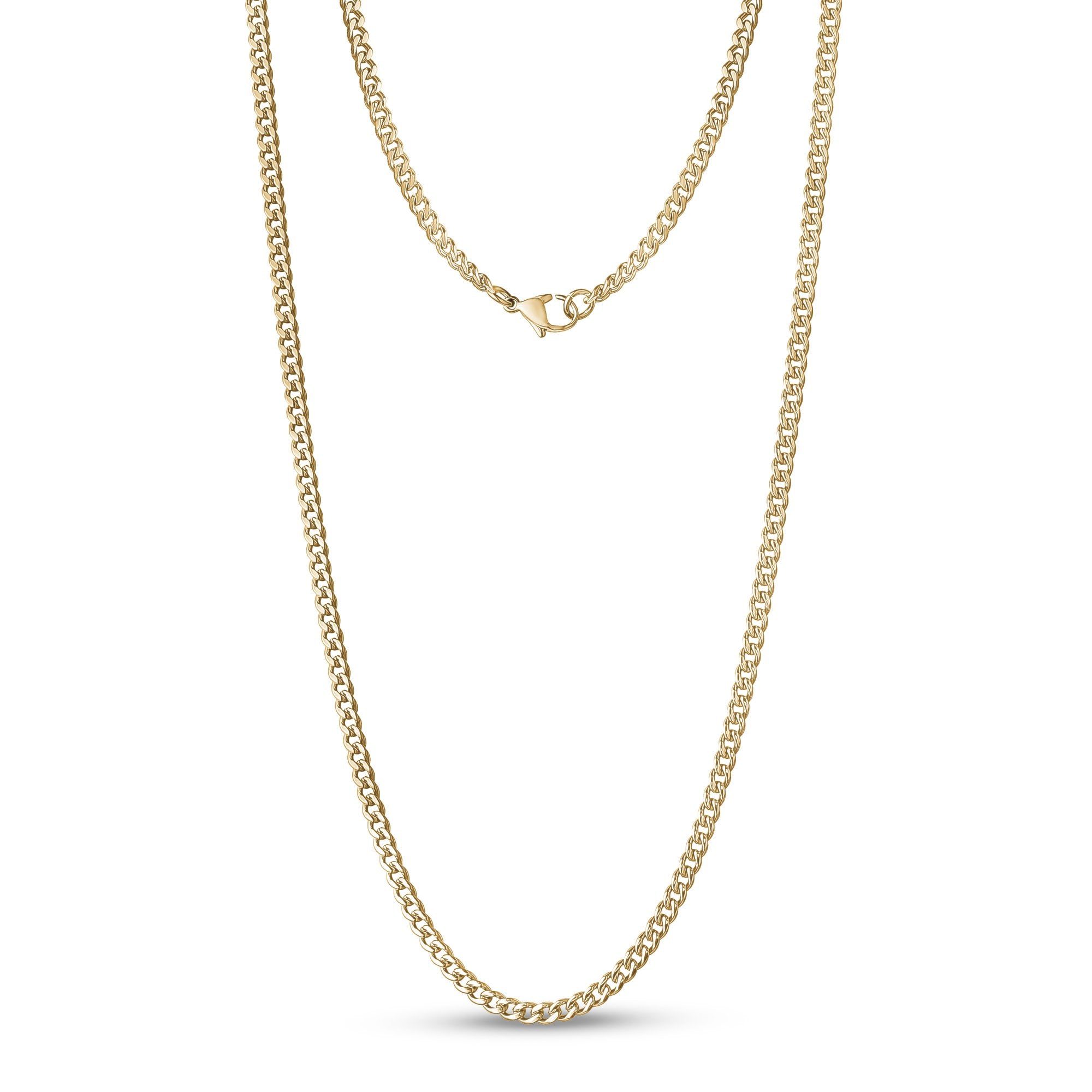
Untangling or Straightening Twisted Links:
If the chain necklace has tangled or twisted links, follow these steps to restore its original shape:
- Lay the necklace flat: Place the tangled or twisted chain necklace on a flat surface, allowing it to hang freely.
- Gently straighten the links: Use your fingers or a pair of chain-nose pliers to manipulate the links, gently straightening them one by one. Be patient and work slowly to avoid causing further damage.
- Apply lubricant if necessary: If the links are stubborn or tightly twisted, apply a small amount of lubricant, such as baby oil or WD-40, to help loosen them.
Repairing or Replacing Clasps:
In the case of a faulty or broken clasp, follow these steps to repair or replace it:
- Open the damaged clasp: Use pliers to open the damaged clasp or remove any broken components.
- Assess the repair options: Depending on the level of damage, you can either repair the clasp or replace it altogether. For minor repairs, you can use pliers to manipulate and realign the existing clasp. However, if the damage is extensive, replacing the clasp with a new one is the best option.
- Attach the new clasp: If replacing the clasp, use pliers to open a jump ring or split ring, then attach it to the last link of the seashell necklace. Thread the new clasp onto the jump ring or split ring and close it firmly.
Prevention and Maintenance:
To prevent future problems with your chain necklace, consider adopting the following preventive measures and regular maintenance:
- Store properly: When not wearing your chain necklace, store it in a jewelry box or a separate compartment to avoid tangling with other jewelry.
- Avoid excessive force: Be gentle when handling your necklace and avoid pulling or tugging on it with force.
- Regularly clean and inspect: Clean your chain necklace regularly using mild soap and warm water. Additionally, inspect the necklace periodically to detect any signs of damage or wear, and address them promptly.
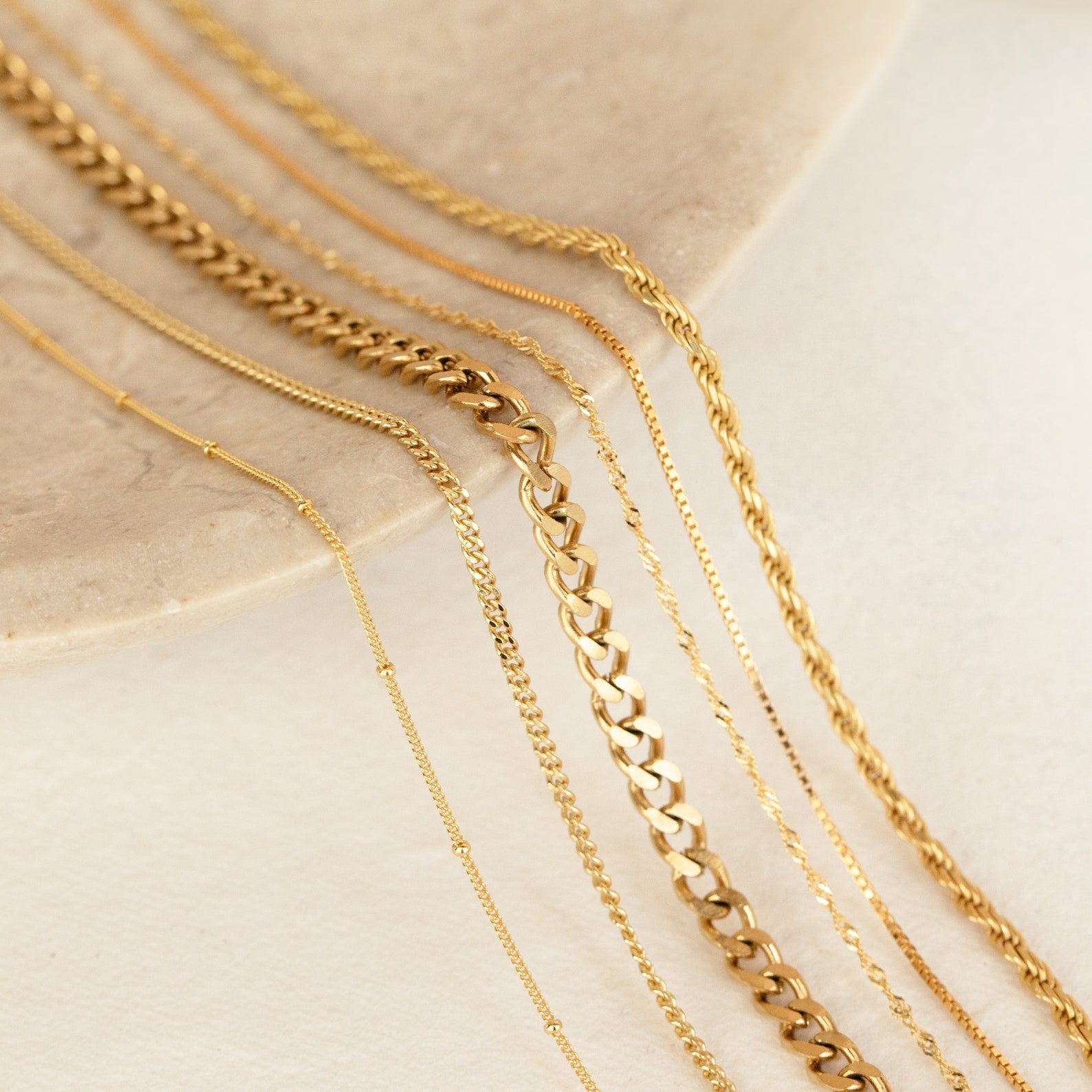
What are the styles of chain necklace
Chain necklaces are versatile and timeless accessories that add a touch of elegance and style to any outfit. With various styles, lengths, and designs available, chain necklaces offer endless possibilities for personalization and expression. From delicate and dainty chains to bold and statement-making pieces, there is a chain necklace to suit every taste and occasion.
Cable Chain Necklace:
The cable chain necklace is one of the most popular and classic styles. It consists of oval or round links connected to create a durable and stylish chain. Cable chain necklaces are versatile and can be worn on their own or adorned with pendants or charms. The link size and thickness can vary, allowing for customization based on personal preferences.
Box Chain Necklace:
Box chain necklaces feature square or rectangular links, creating a sleek and structured design. The links are connected at a 90-degree angle, forming a geometric pattern. Box beaded necklace have a sophisticated and modern look, making them a popular choice for both men’s and women’s jewelry.
Rope Chain Necklace:
Rope chain necklaces are known for their intricate and twisted design. The links are intertwined in a spiral pattern, resembling a rope. These necklaces can have a delicate, fine appearance or a thicker, more substantial look, depending on the size and width of the links. Rope chain necklaces are elegant and versatile, suitable for both formal and everyday wear.
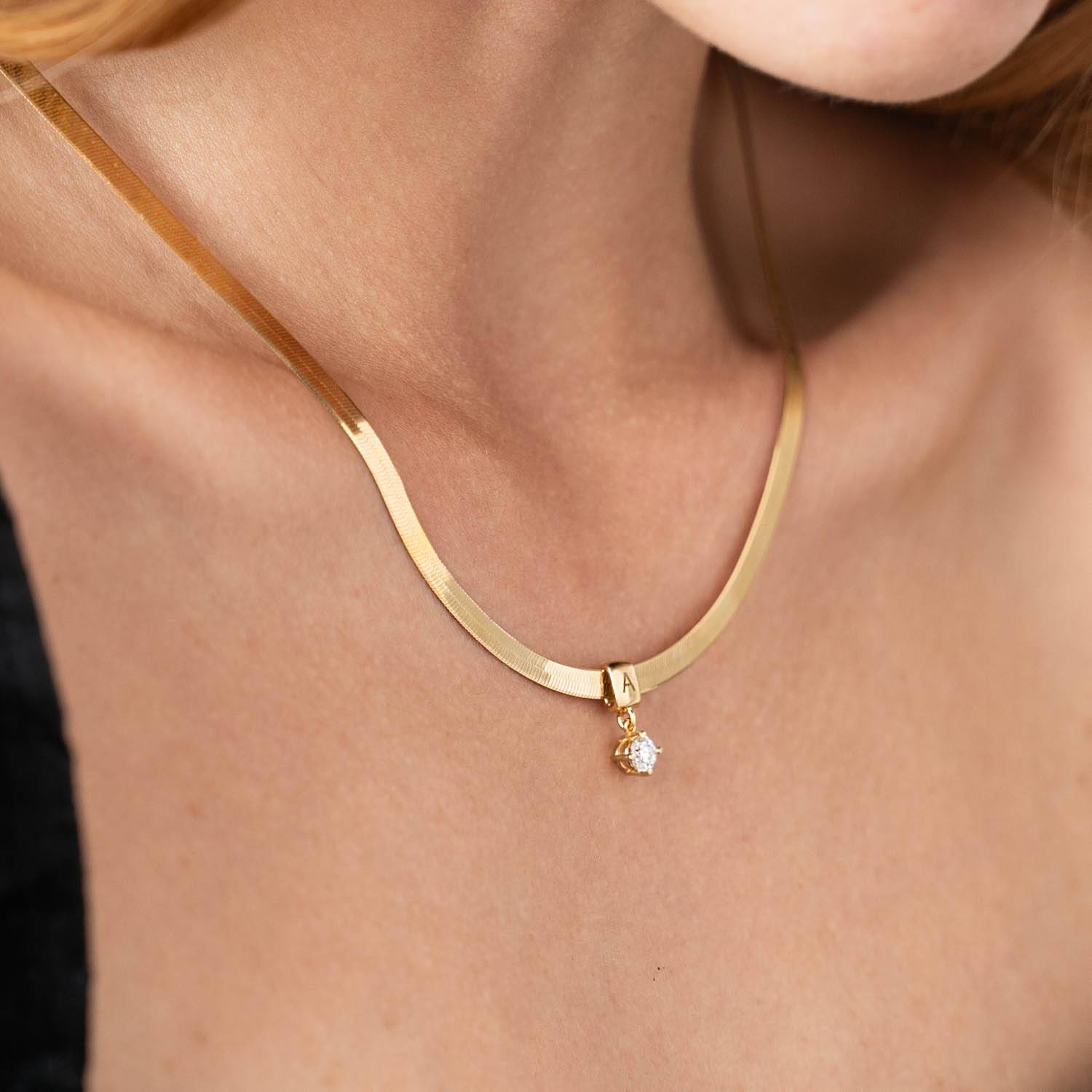
Figaro Chain Necklace:
Figaro chain necklaces are characterized by their alternating pattern of flattened links. The design typically features two or three shorter links followed by a longer link, creating a distinct and eye-catching look. Figaro chain necklaces are popular choices for both men and women, often worn on their own or paired with pendants.
Snake Chain Necklace:
Snake chain necklaces are sleek and smooth, resembling the skin of a snake. The links are tightly woven together, creating a flexible and supple chain. These necklaces have a luxurious and elegant look, making them ideal for both casual and formal occasions.
Conclusion:
Repairing a chain necklace is a rewarding and cost-effective way to preserve your jewelry collection. By identifying the specific problem, gathering the necessary tools, and following the appropriate steps, you can fix a broken chain, untangle twisted links, or repair a damaged clasp. Remember to handle the necklace with care, make precise repairs, and thoroughly test the repairs. By practicing preventive measures and regularly maintaining your chain necklaces, you can enjoy their beauty and elegance for years to come.
